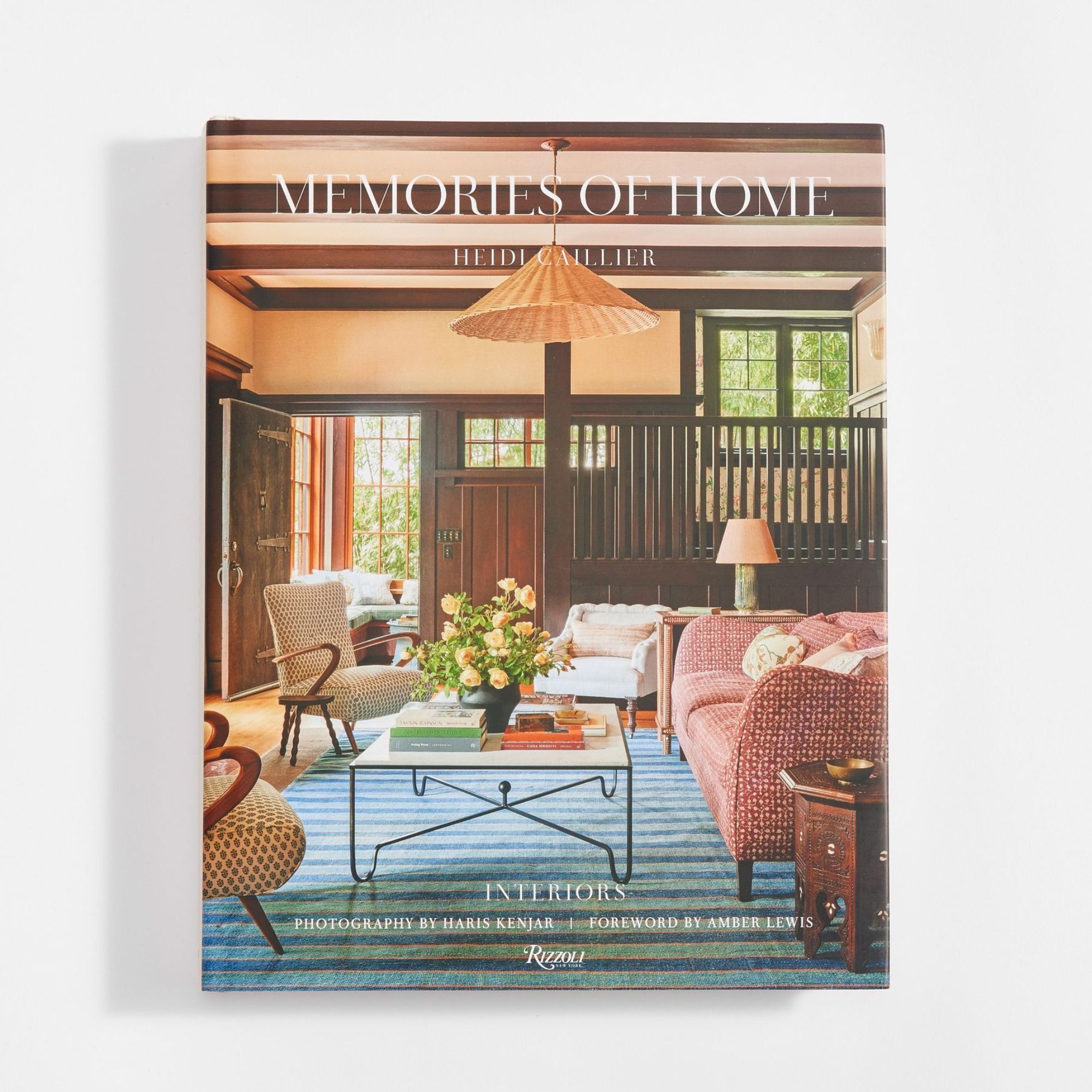How do you work out your interior design style? 13 tips on discovering your look from interior designers
Discovering your interior design style can take time, but knowing where to start and what to look for always helps, so we spoke with interior designers to get their top tips

Sophie Warren-Smith

- 1. Find correlations in spaces you like
- 2. Focus on the colors you love
- 3. Create a vision board
- 4. Gather prints and patterns you are drawn to
- 5. Choose furniture that resonates
- 6. Be guided by the eras you love
- 7. Let your travels inspire you
- 8. Be inspired by a favourite piece of art
- 9. Don't restrict yourself to one style
- 10. Consider your everyday needs
- 11. Work out what quality you want to emulate
- 12. Consider the architecture of your space
- 13. Incorporate meaningful, sentimental pieces
- To help you discover your interior design style, shop these helpful reads
Like with many things, there is no clear path to finding your interior design style. It's a process that takes time and will become easier as you discover your tastes and style through experience. Experimenting with looks and trends will help you work out what you like. The world is your oyster, so embrace styles that intrigue you or catch your eye.
It can be daunting to know where to start, but the main thing is to begin with what you love the most – that favorite color you always gravitate towards, or a print that fills you with joy. Once you've built up this list, you'll have firm foundations that will help indicate the interior design styles you are most likely to be drawn to.
Co-Founder of Northworks, Austin DePree says, 'Design is an evolution, and a home should grow with you. The key is to create a space that not only looks beautiful but also enhances the way you live every day. Strive to craft the art of living.'
Who better to trust than interior designers who have created countless homes for clients, all with varying needs and styles? We asked some of our favorite designers for their top tips on finding your interior design style.
1. Find correlations in spaces you like
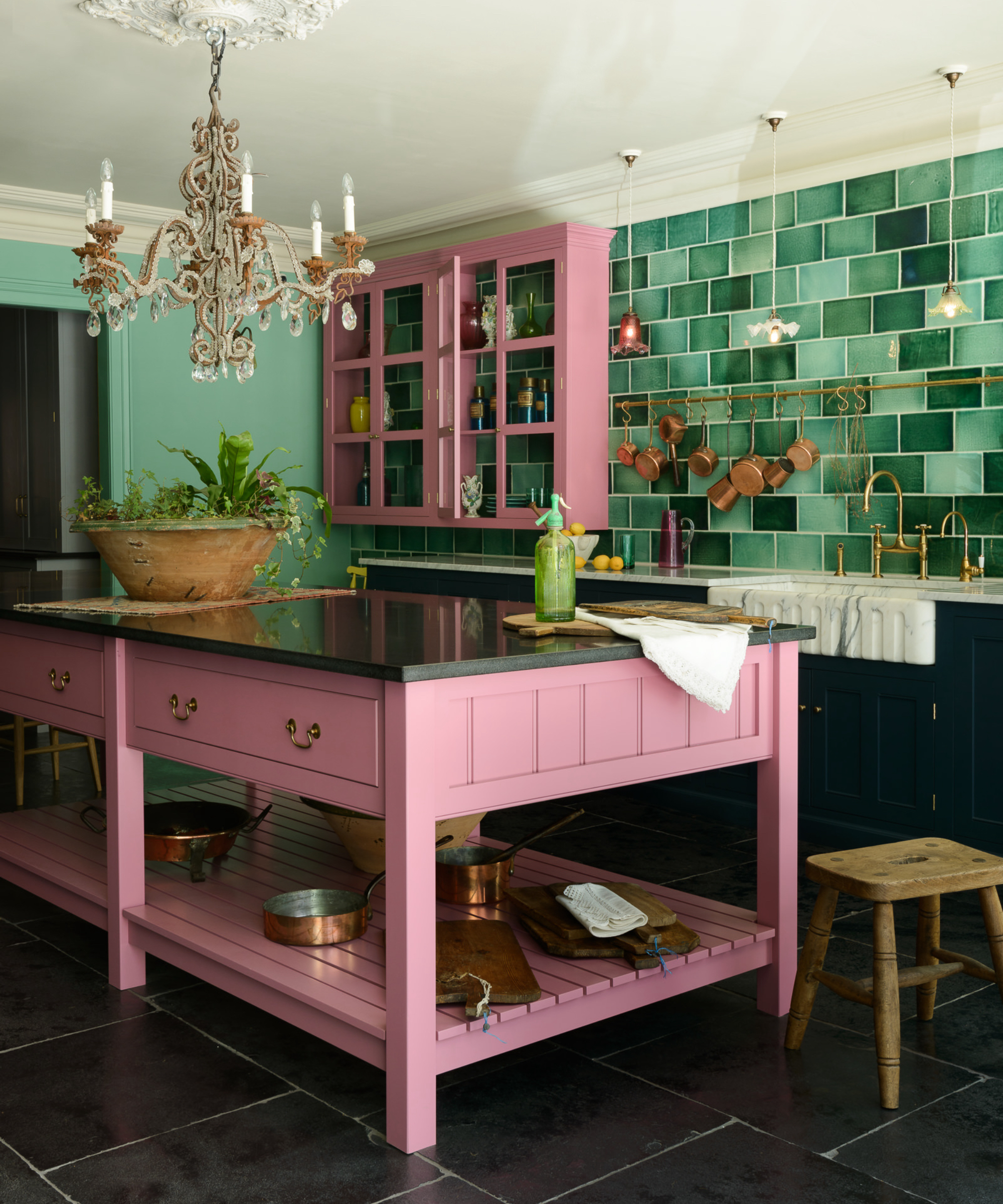
'The best way to discover your own personal interior design style is to document and journal as much as possible. Words and images, sometimes in pairings, can be useful tools for your self-analysis,' says David Mann, founding partner, MR Architects & Decor.
'I personally am a magazine junkie and put together mood boards for most of our projects and feel that it is the best way to start the process of critically assessing who you are, what is important to you and how to translate that into the built environment.'
Charlotte Saunders, in-house interior designer at OKA adds, ''One of the best ways to find your own style is to start saving a few interior pictures you like on social media. You can then let the algorithm work its magic; you will start to see more interiors appear on your feed. You will find designers and furniture companies that you have never even heard of, yet perfectly align with your aesthetic.'
Design expertise in your inbox – from inspiring decorating ideas and beautiful celebrity homes to practical gardening advice and shopping round-ups.
However you like to collate the ideas you love, whether it be online or going old school with a moldboard, this is a super simple starting point that will help you visualize what you like and see correlations with interior design trends and styles you are drawn to.
2. Focus on the colors you love
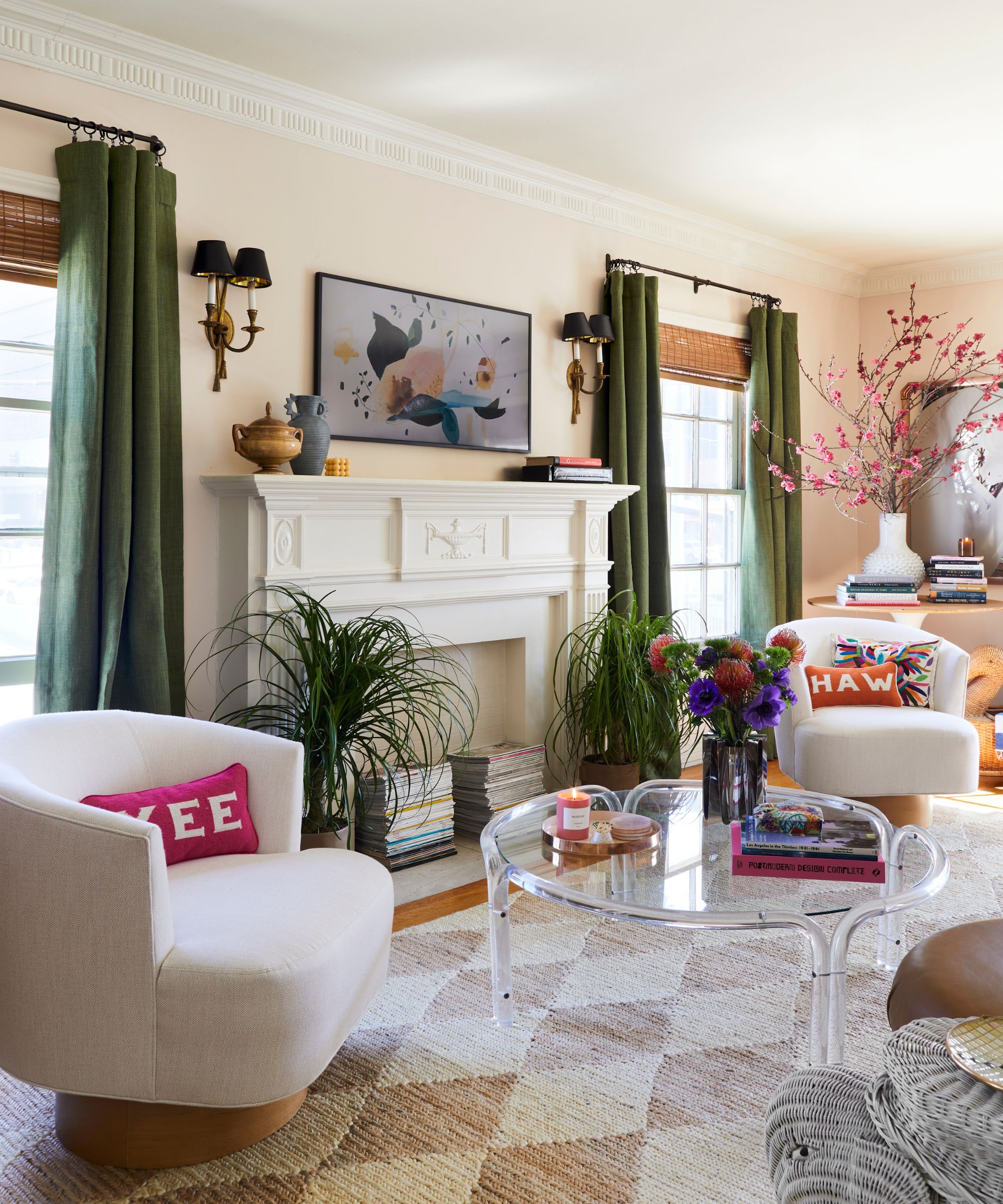
Colors can have a real impact on your mood, as well as the feeling of a room. Dopamine decor has been at the forefront of so many recent interior design trends, it's clearly becoming even more important to just follow your instincts with interiors and go with what's going to boost your mood.
'When choosing a color for your space, it’s important to find out how it makes you feel and the purpose of the room that you would like to use the color in,' explains Helen Shaw, international marketing director at Benjamin Moore. 'Whether you are looking to create an air of calmness, optimism, or creativity, the key is to unpick the psychology of color and choose shades and combinations that work together in harmony.'
'If you’re looking to experiment with color combinations, start by choosing a shade that anchors the space – ‘new neutrals’ such as plaster pinks will bring warmth to your room while also acting as a brilliant blank canvas. For an on-trend look, combine a softer shade of pink with green, these two complementary colors sit opposite each other on the color wheel and therefore work beautifully with one another.'
3. Create a vision board

Once you have an inkling of colors that you love, you can start putting together a vision board. This could be on Pinterest, or you could do it the old-fashioned way – tear out images you like and stick them in a notebook or on a wall with washi tape.
'When designing a home for myself, I usually start by developing a project narrative.' says David Mann. 'To do this, I first make a list of words that are important to me, for example: honest, truthful, practical, simple, respectful, and playful. Then I collect images that I instinctively respond well to as inspiration.'
'From these two pools, I am able to narrow down my overall objectives. What happens next is an intuitive process of layering in all the elements of a project, for example: textiles, wallcoverings, carpets, and furniture. After a critical editing of the collected elements, I am left with an end result that is a thoughtful and beautiful reflection of my personality that will hopefully continue to delight and enrich me.'
'I take my clients through a similar process and even advise people looking to design a home to do this on their own, or in preparation for working with a designer.'
4. Gather prints and patterns you are drawn to
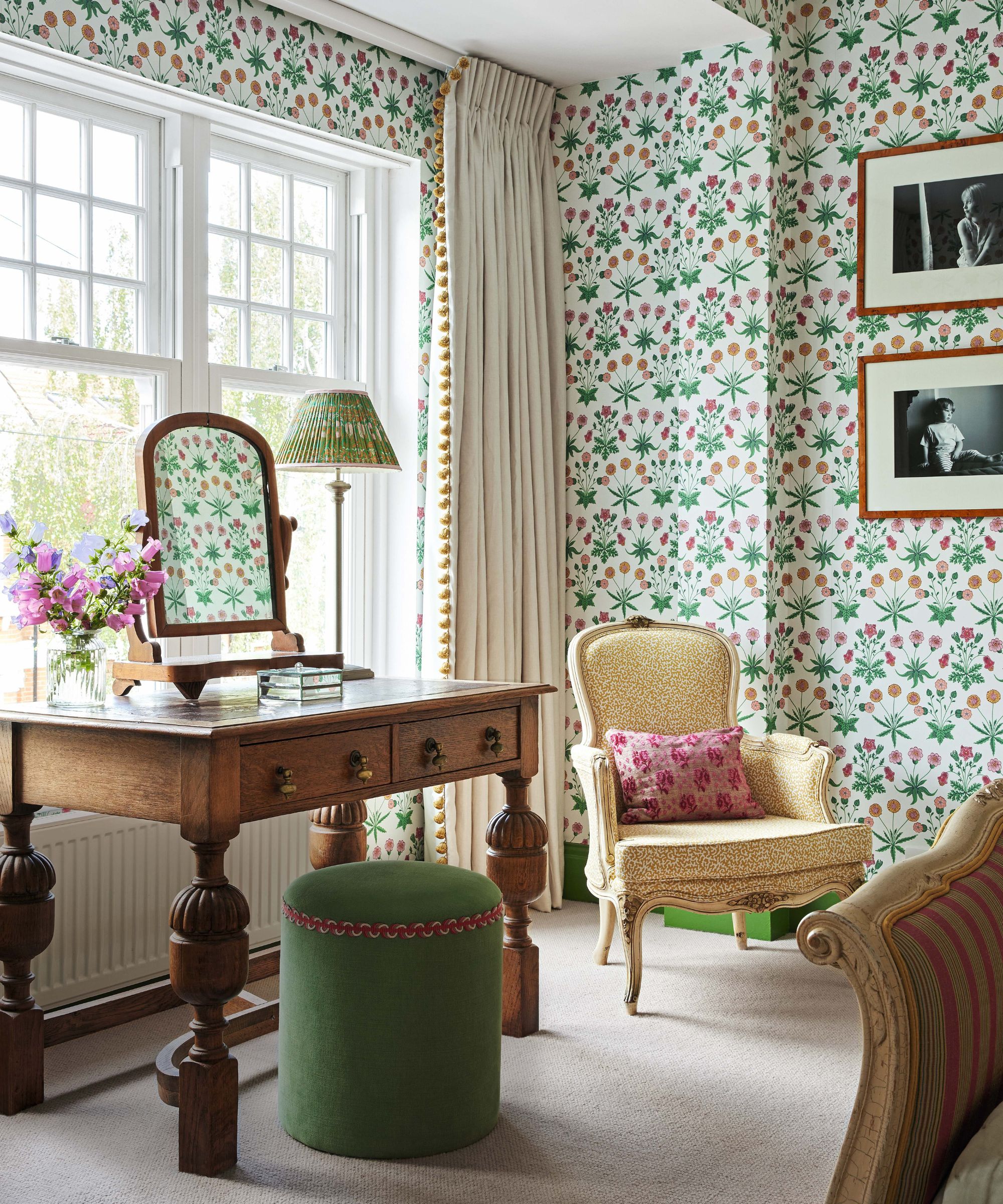
The only way to know if you like decorating with patterns is to collate a few together and see how you feel about them, and choose designs in the colors you like as a starting point.
Charlotte Saunders agrees, 'Looking at different patterns is a great way to find your interior design style. I would start gathering samples you really love and let your collection evolve and come to life.'
'I usually take fabric samples with me on a consultation to see what the client naturally gravitates towards. Patterned fabrics can make a great base when starting out a new design or even just updating soft furnishings and accessories, so it’s the perfect place to start.'
5. Choose furniture that resonates
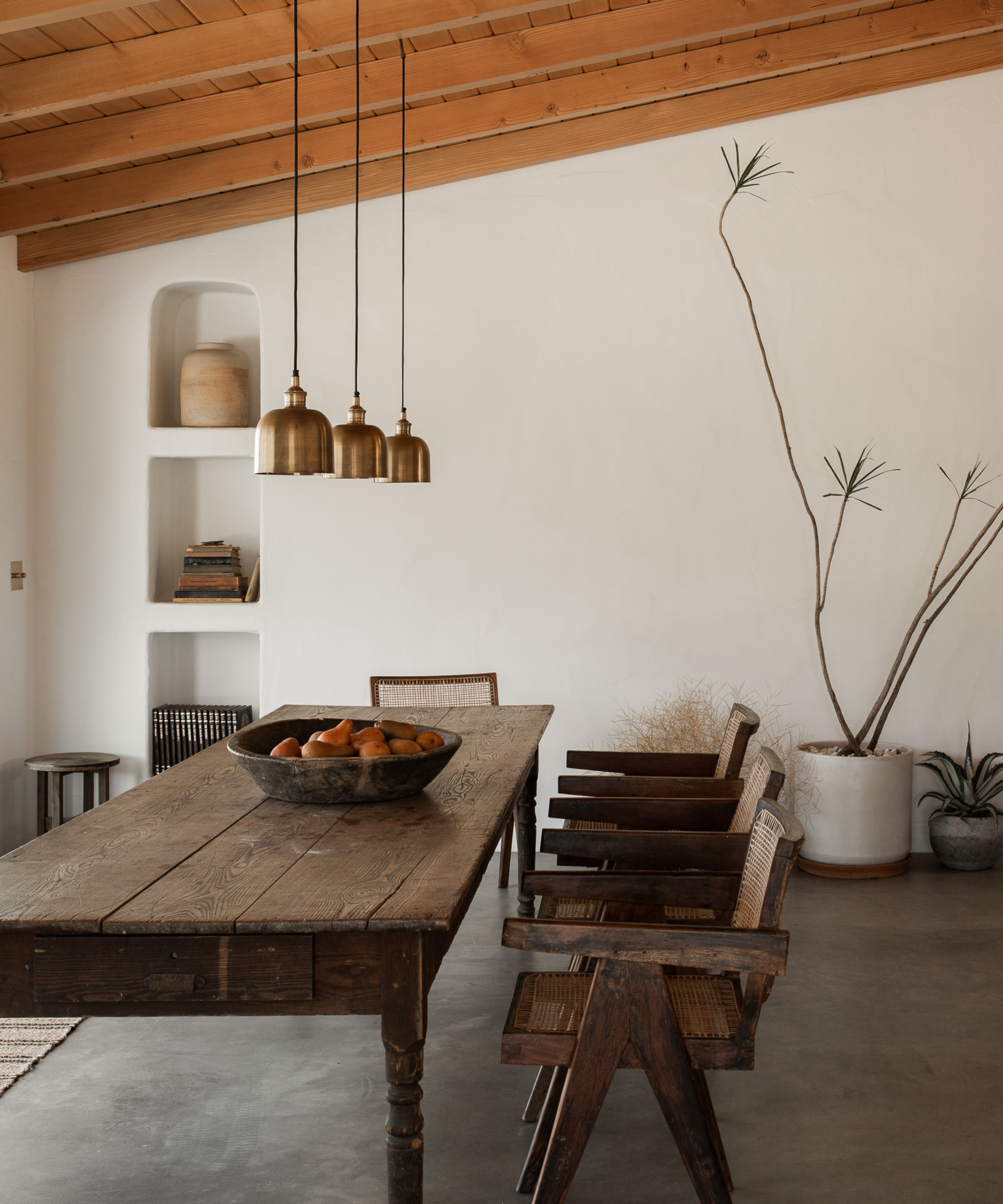
'I encourage people to invest in pieces they truly love and that evoke emotion,' says Sarah Solis, founder and principal of Sarah Solis Design Studio.
A good way to source meaningful pieces is to thrift furniture and decor. 'Look for vintage items that hold personal significance and therefore honoring the history and stories behind the objects instead of just owning them,' adds Sarah.
Heirlooms are another way to collect furniture, and it can be a lovely way to keep things within the family that bring back childhood memories.
6. Be guided by the eras you love
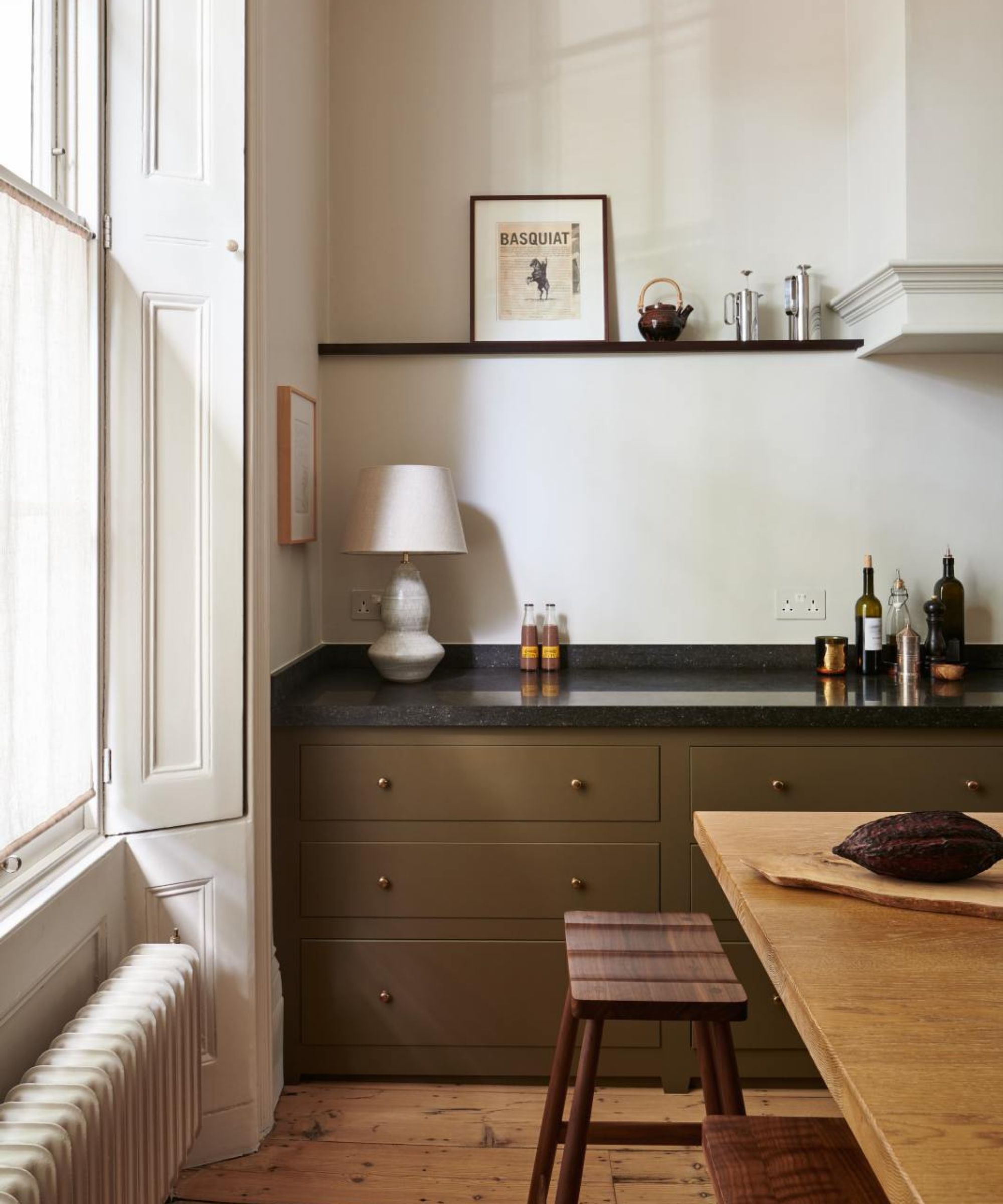
If you are stuck with what interior design style you think suits you, have a look around at what your home says, especially when choosing your kitchen.
'Think about the style of your property and try to incorporate this into your choice of kitchen supplier and the design,' says Helen Parker, creative director of deVOL Kitchens.
'This doesn’t mean that if it’s a modern house, have a modern kitchen because mixing old and new works. What it means is to be sympathetic to your house and its style. I love old houses with incredibly simple modern kitchens. I also love stark, simple buildings with a few select, even ornate vintage pieces.'
For example, if you have an older property, you might be lucky enough to have high ceilings and large windows, this can dictate the style you opt for. But if it's more farmhouse style and less well lit, then it will need to be configured to enhance the space.
'Think about the age of your property and the proportions of the room. Some styles look great in a magazine, but just don’t translate well into a small family kitchen, which needs to work hard and look good for years to come. So be prepared to sacrifice a little along the way, whether it be storage or an additional appliance to get a cohesive kitchen space that is a pleasure to be in,' Helen adds.
7. Let your travels inspire you
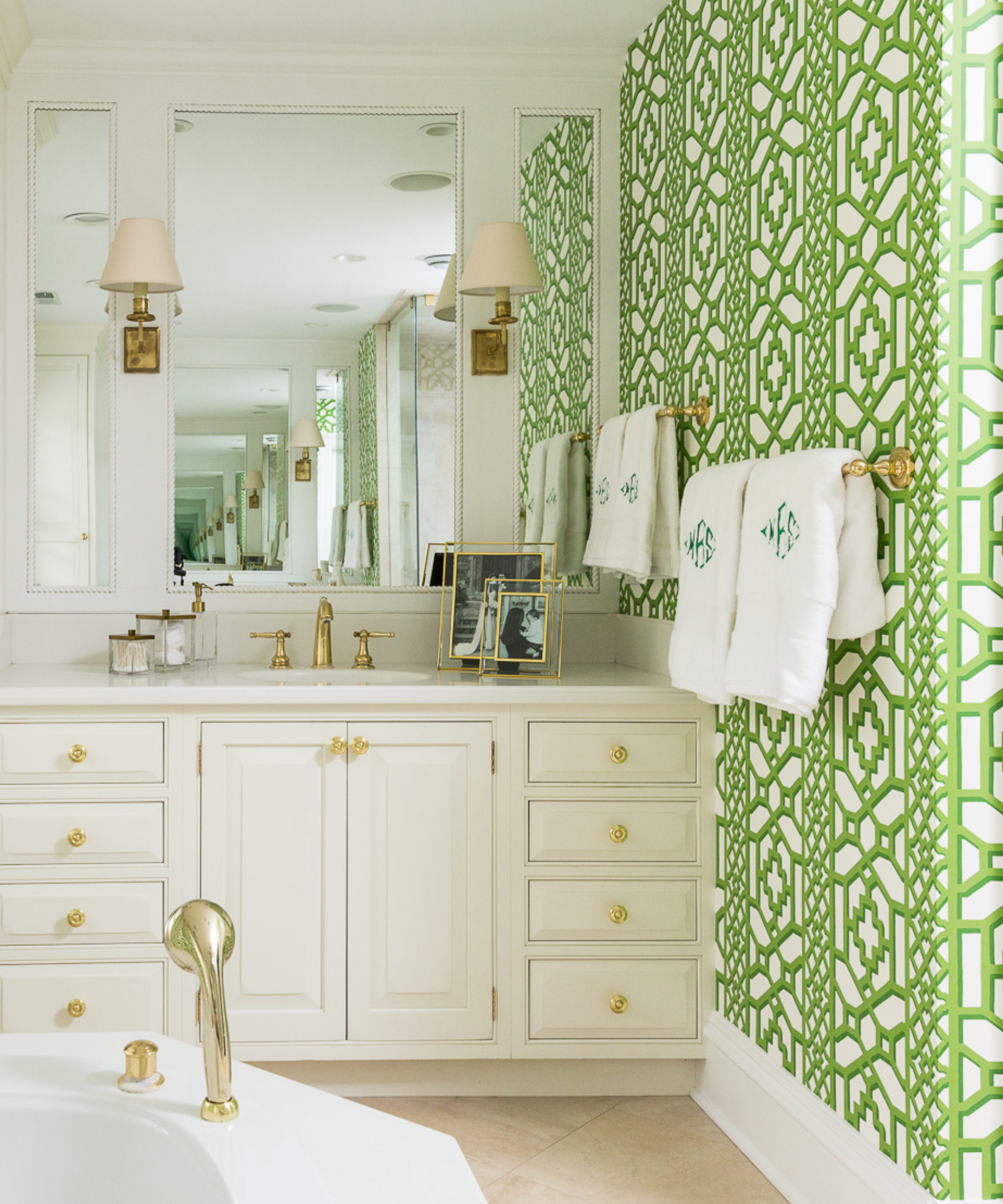
If you love a vacation or two, then consider collating pieces you pick up whilst away that might inspire you. Katharine Kelly Rhudy, founder of Reed & Acanthus adds:
'A home should be a true reflection of your personal story, and designing a home that feels like you is all about showcasing your unique personality through color, furniture, art, and collections that infuse your home with a sense of personal history like a family heirloom or piece collected while traveling.'
When traveling, if you've spotted some traditional furniture or decor, don't be afraid to incorporate these distinct pieces into your design. Patricia Duncan, Interiors Director at Jeffrey Dungan Architect says, 'One thing we try to accomplish in many spaces is a healthy mixture of styles. This helps create some diversity, and makes a space feel like a “collection,” rather than a “showroom.” Think of a mid-century Italian lamp on an antique French sideboard next to a new production curved sofa. We aim to keep the eye entertained, without it feeling overwhelmed.'
8. Be inspired by a favourite piece of art
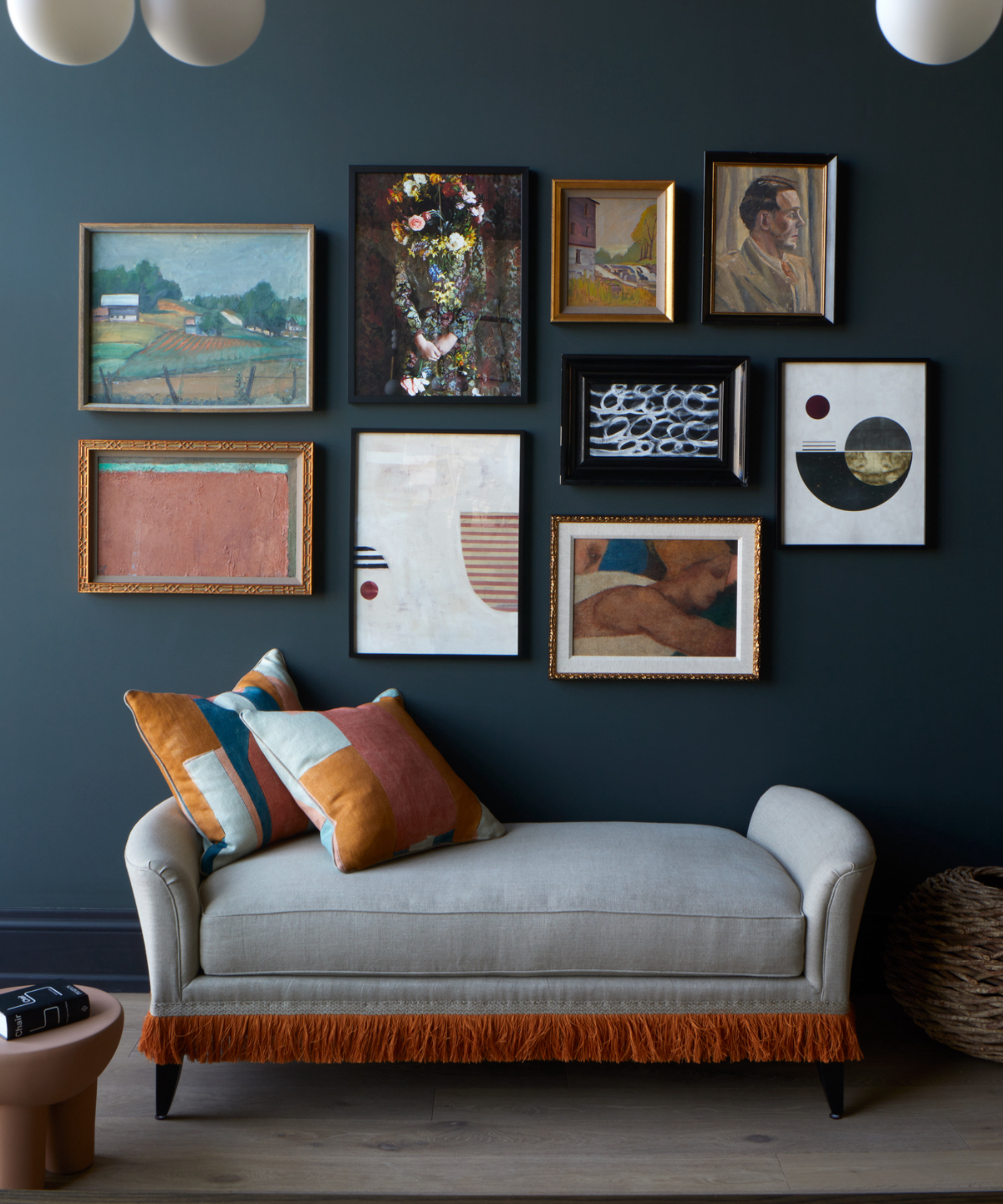
'Every authentic space should start with something that you love or something that makes you happy to see it every day. It could be a carpet, a piece of art, or a light fixture, but start with something that is meaningful to you and then build from there,' suggests Gillian Gillies, founder and principal designer, Gillian Gillies Interiors.
We second this invaluable advice, discovering your interior design style is about the pieces you love the most, no matter what they are.
Gillian adds 'The most liveable rooms and homes are ones where the homeowner has decorated with items that are not necessarily on trend, but pieces that feed their soul. It is like finding jeans with that perfect fit and color, they look great on you, and you therefore stand taller – your home should make you want to stand tall. If you are unsure of your style, hire a designer and let them guide you.'
9. Don't restrict yourself to one style
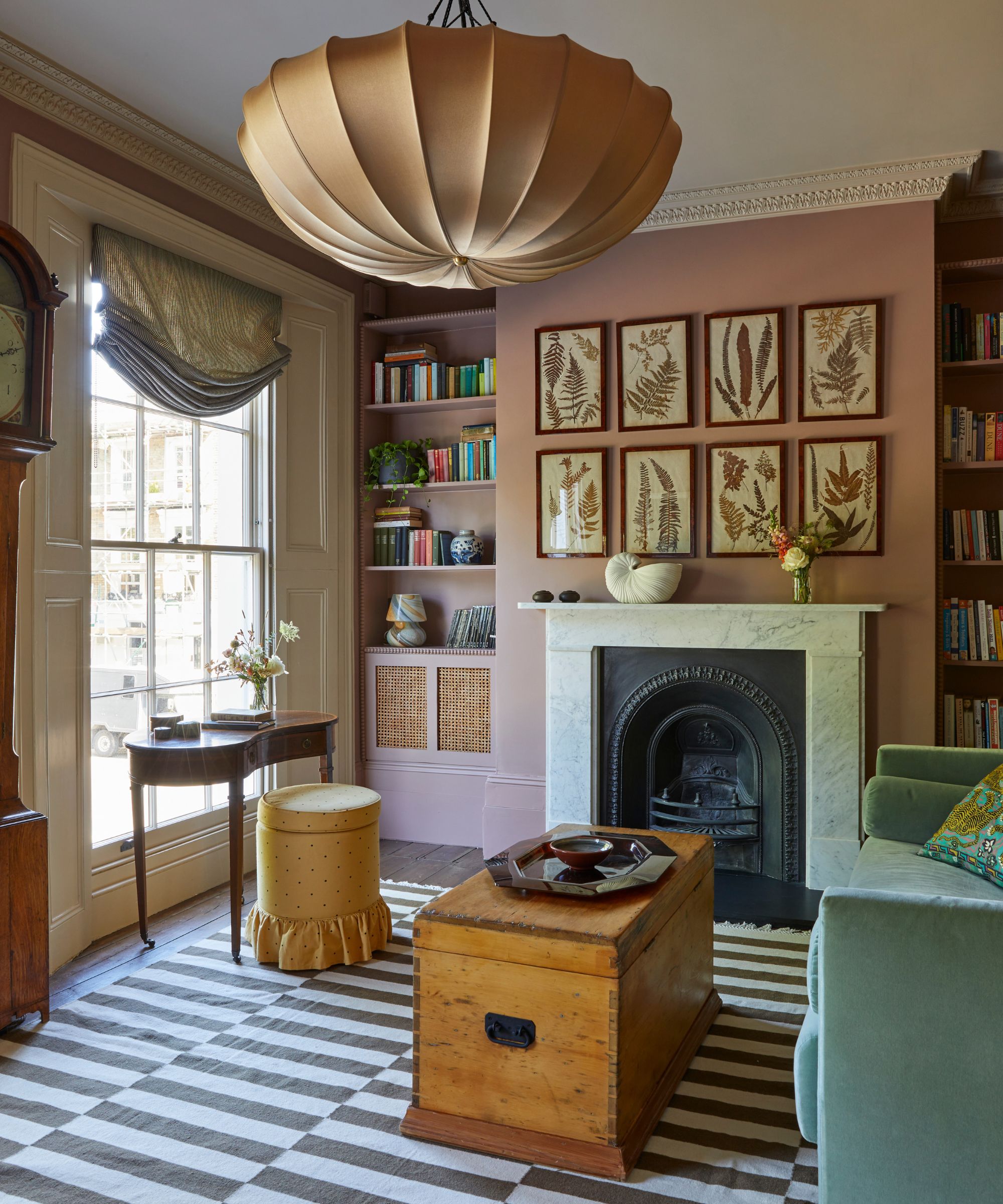
Don't restrict yourself to just one style. Embrace all things that catch your eye and speak to you, as it's these pieces that will bring you joy and make your home feel like your sanctuary.
Swat up on your research so you can weave all your favorite features throughout your home. Interior designer Kathy Kuo says, 'The most important thing to remember when finding your design style is that the process is supposed to be fun!'
'Start by looking at design books and magazines and at photos on Pinterest and Instagram that speak to you. Eventually, you'll likely see some common visual elements emerge – natural materials, old-world European details, or modern silhouettes, for example. Those recurring visual themes, paired with the practical needs of your everyday life are going to make up the core of style.'
Most crucially, Kathy says 'It's also important to keep in mind that you don't ever need to box yourself in to one 'style' as defined by others; you may have determined that your style is modern coastal, but that doesn't mean you can't add a farmhouse or industrial or rustic element here and there as a matter of contrast. As long as you love it, that's what matters!'
10. Consider your everyday needs
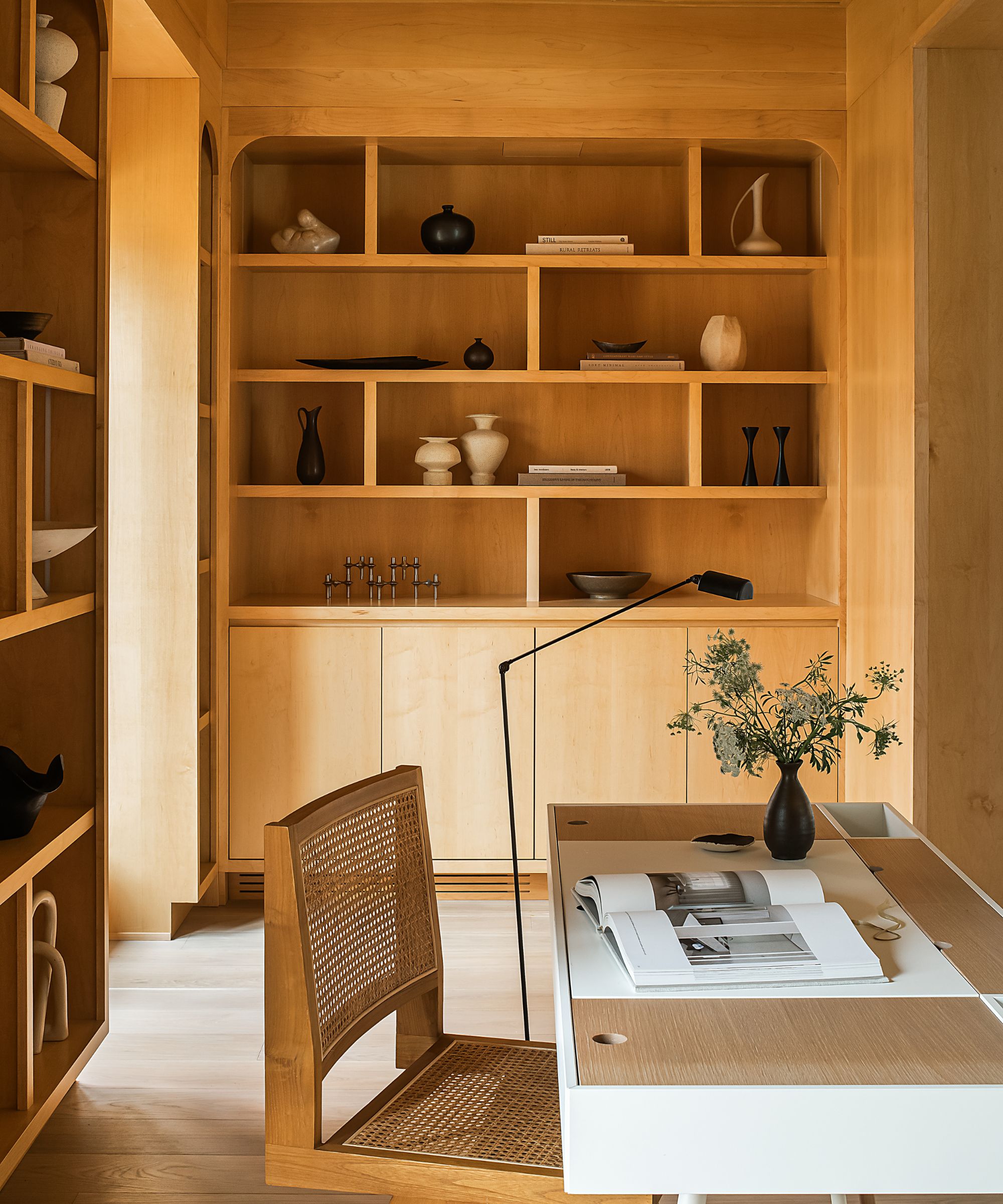
Although this may seem obvious, always consider everyday practicalities over stylistic elements. Whether you're renovating a house or redesigning just one room, it's key that every space in your home is functional and allows for optimal living.
David Shove-Brown, Partner and Co-Founder of //3877 has designed many homes. He says, 'We always kick off our process by asking a lot of questions. We collect information from the client about how they operate and how they plan to use the space – and if those two ideas don’t align, then we need to find a solution.'
'Questions like “What do you do when you come home from work?”, “Do you host parties? Dinner parties or cocktail parties?” help inform these decisions. It’s not uncommon for us to discover that what the client has in mind may not be the best course of action based on what they actually want versus what they think they want, so once we collect all the information, we can distill it down and find the best solution.'
David adds, 'One of the biggest design mistakes people make is following what they think other people want or what they see on TV. Too often, people look for the “right” answers and what’s trendiest at the moment rather than reflecting on what they want their space to be, which ends up falling flat in the long run.'
Jenn Mehrer, Partner and Director of Interior Design at McKinley Studios agrees that considering everyday needs should be a priority. 'Finding your interior design style is a personal journey where your personality, fashion sensibility, and life experiences converge. Start by reflecting on how you live now and envision the experiences you want your home to support – whether it's intimate entertaining or enjoying a quiet weekend coffee by the window.'
11. Work out what quality you want to emulate
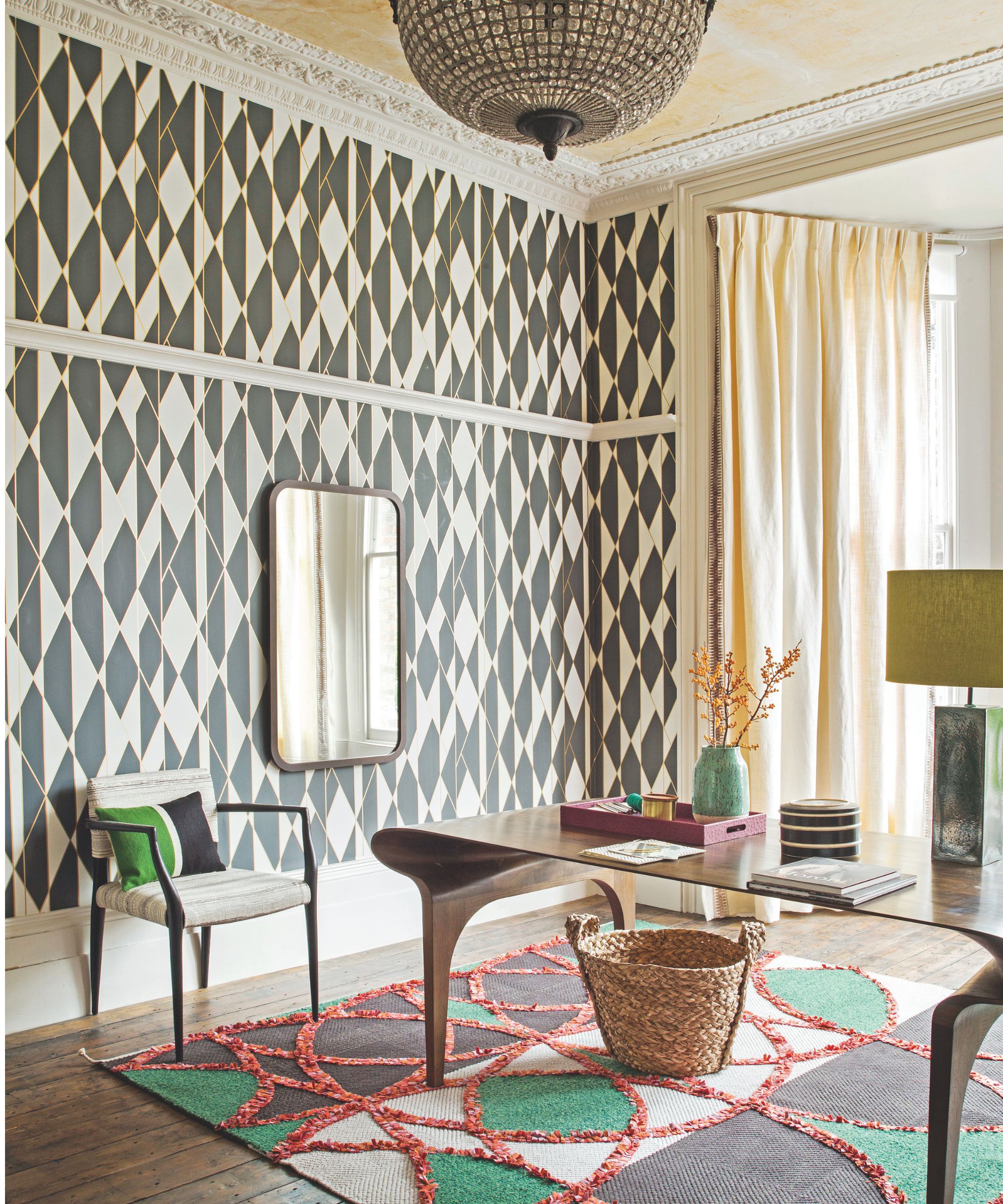
Rather than looking for a specific interior design style, establish what sensation you want to emulate within your home. Do you want a home that is soft on the senses or a space that's bold and striking, filled with pattern, color, and texture?
Interior designer Suzanne Tucker says, 'My goal is always to create environments that are tailored to encompass our clients’ individual and personal style. I see design as a way to create a dream that they haven’t dreamt yet. This requires a deep dive into what makes people tick.'
'Some want fantasy; others, serenity; still others, glamour, and sophistication. These words mean something specific to each person, so I work hard to get this definition from each of my clients. Collections often act as road maps to my client’s personalities and their distinctive qualities – and, ultimately, to a design that captures their character.'
12. Consider the architecture of your space
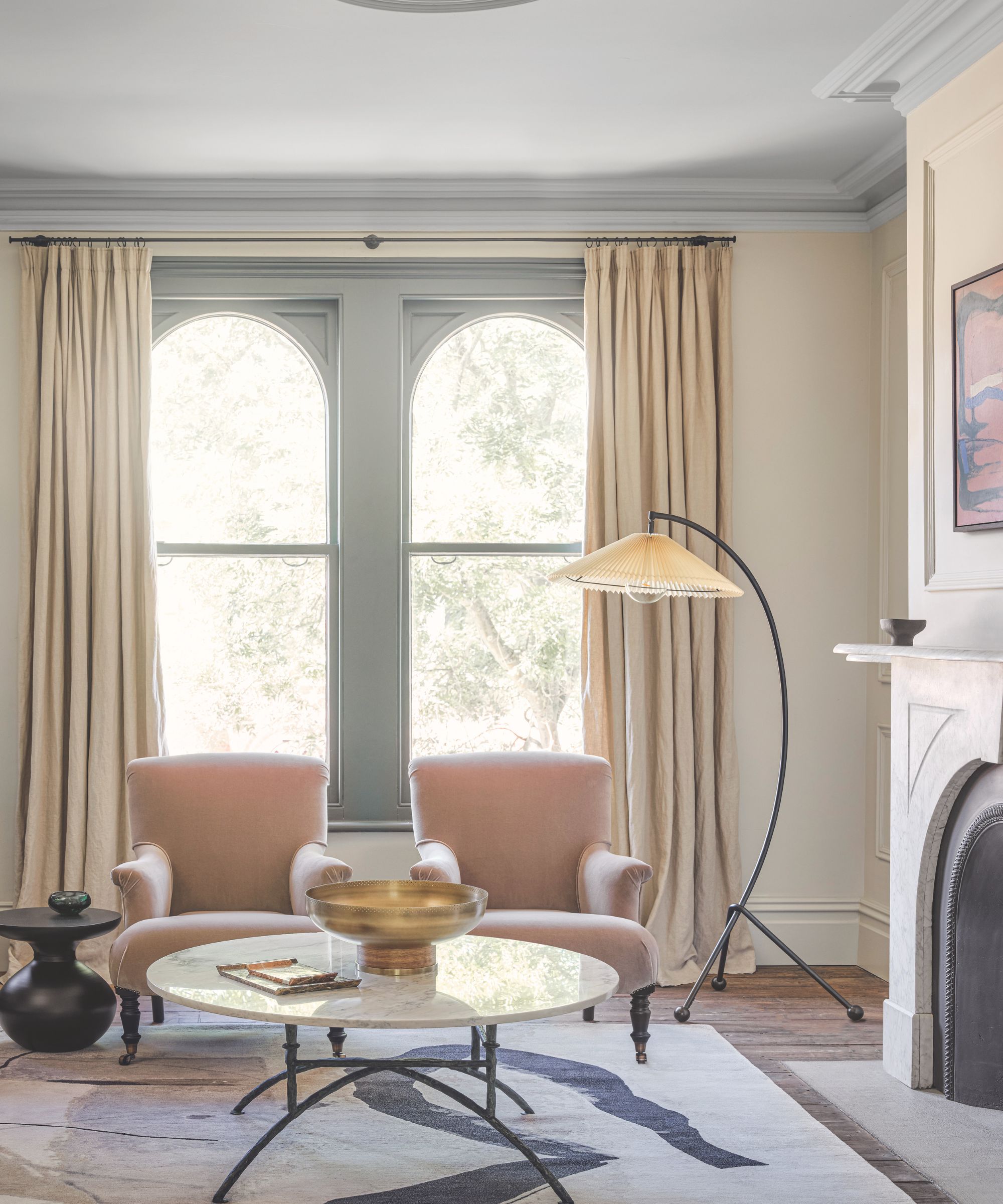
If you're determining your design style and don't know where to start, look at the building you're standing in! Embrace architectural features and build your design around your walls.
Patricia Duncan says, 'When Jeff Dungan (the studio's founder) picks up his pen to draw an interesting stair hall you’ve never seen before, or a barrelled great room ceiling that feels like a castle out of Belgium – the architecture alone speaks loudly to the viewer. In some cases, the purpose of furniture is solely to soften the space while pointing the spotlight to the walls around it. We’ll often even opt to forgo a decorative light fixture on an interesting ceiling, so the intended effect isn’t disrupted. This is often the case at kitchen islands – why block the view of an elegant range design with pendants?'
And don't be put off if you're working with a modern space as you can add architectural charm to a room that doesn't have any.
13. Incorporate meaningful, sentimental pieces
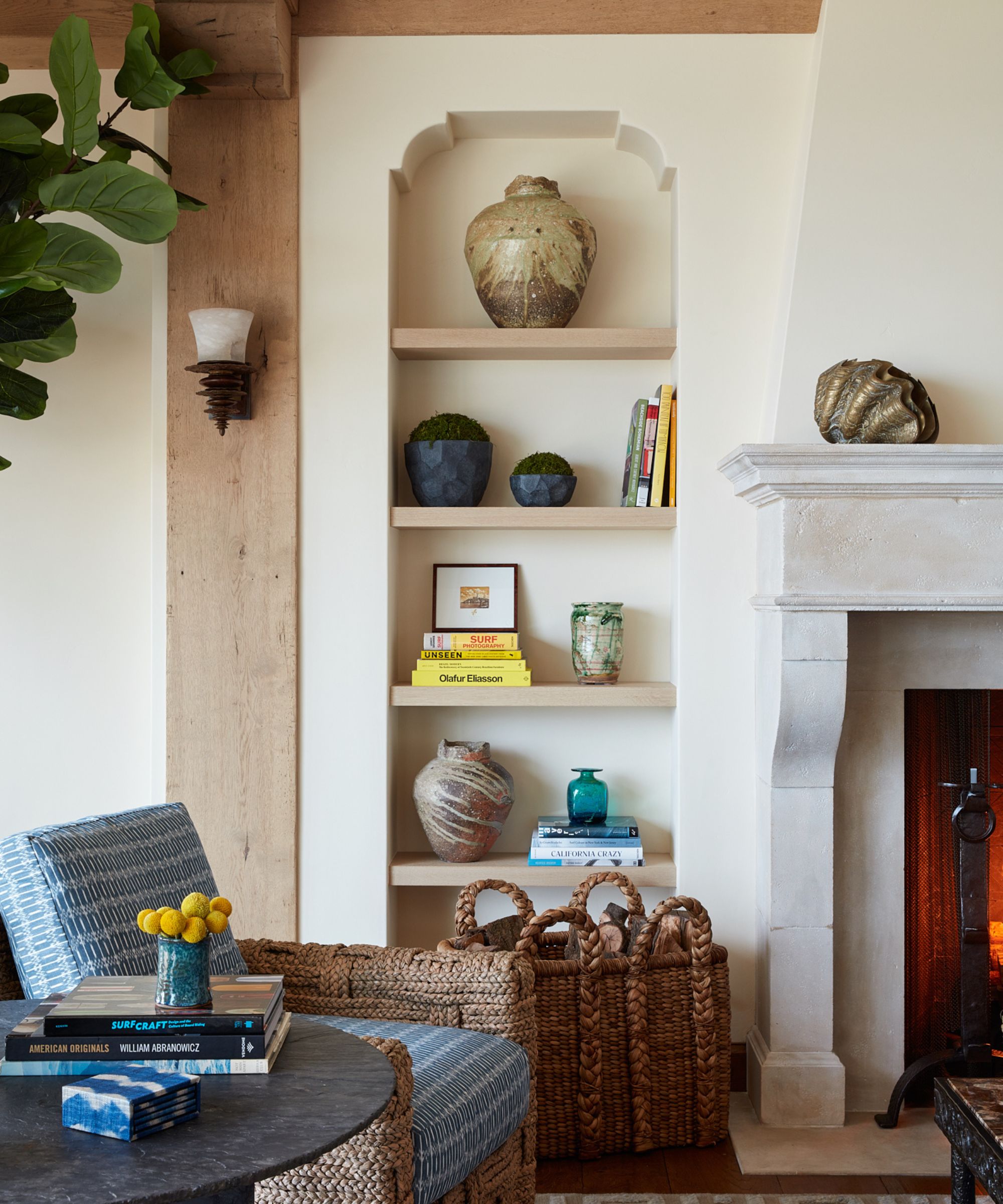
No matter what your interior design style is (once you've worked this out of course), there's always room for meaningful pieces in a scheme.
It can be tricky to make your home feel unique, but this step is bound to make your space individual and personal and will help you feel connected to your design. Patricia says, 'We find this key in making a space feel complete. This goes back to the notion of a home feeling collected… accessories invite you to live in the room, feel the liveliness and stories behind the knick-knacks, and add character to an otherwise nice furniture snapshot. Accessories are what bring the design to life and are vital to completing the ensemble. It’s not a full outfit without the shoes!'
Jenn Mehrer adds, 'Layer your home with meaningful objects, materials, and art that resonate with you, creating a timeless space full of character and warmth. Embrace the slow evolution of your home, mixing pieces across eras – both inherited and purchased. Never hesitate to experiment and change things up; your home should always reflect and support the life you want to live.'
To help you discover your interior design style, shop these helpful reads
Our most helpful piece of advice, and something all these designer tips reflect, is don't try too hard whilst discovering your own interior design style. It's a deeply personal process and one that's usually ever changing and evolving as your tastes and wider trends change. Most of all, enjoy the process, and naturally, you will end up designing a home that's your perfect interior design style.

I am the Interior Design News Editor at Homes and Gardens, covering mainly US-based designers and trending news stories. My love for interiors began when I interned in an interior design studio, working on commercial and private spaces. My passion grew while working in production, where I sourced beautiful locations for photoshoots and campaigns. Outside of work, I enjoy collecting antique decor and mid-century furniture for my home.
- Sophie Warren-SmithContributing Editor


